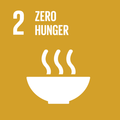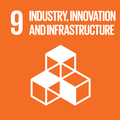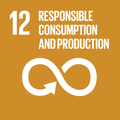The energy-efficient Star Cool refrigeration technology makes it possible to transport food over longer distances with a lower environmental impact.
Using a combination of technologies to control temperature, humidity, airflow and air composition, this refrigeration technology for container shipping makes it possible to transport fruits and vegetables over much greater distances than previously possible.
Goods can be transported for up to 45 days before arriving in shops. Not only does this limit food waste, but it also opens up new trade routes without using carbon-intensive airfreight. Its affordability means that farmers from Kenya can now export avocados to the European and Russian markets, while bananas from Ecuador can be exported to Azerbaijan.
Food should always move from farm to fork, but too often it doesn’t. We believe our technologies can help improve the food logistics chain.
Peter Nymand – Former CEO, Maersk Container Industry.
Why you should care
Global food waste is worth an estimated $750 billion annually. It is the cause of approximately four percent of global energy consumption and one-fifth of total freshwater consumption. In the past 30 years, 95% of funding has gone towards pre-harvest efforts while less than five percent has gone towards post-harvest improvements. The Star Cool refrigeration technology is addressing the need for post-harvest efficiency improvements in the global food supply chain.
How the Global Goals are addressed

Zero Hunger
In order to feed the growing population, expected to hit 9 billion by 2050, it is estimated that we will have to double the total output of food by 2050. Innovative solutions to increase shelf life are a part of the solution.

Industry, Innovation, and Infrastructure
Global demand for exotic fruit and vegetables has seen large growth over the past decades. To transition to a more sustainable future, the shipping industry needs innovative and efficient retrofitting solutions.
Responsible Consumption and Production
Refrigerating shipping helps to cut post-harvest losses in the supply chain, making the logistics side of food production more sustainable.



